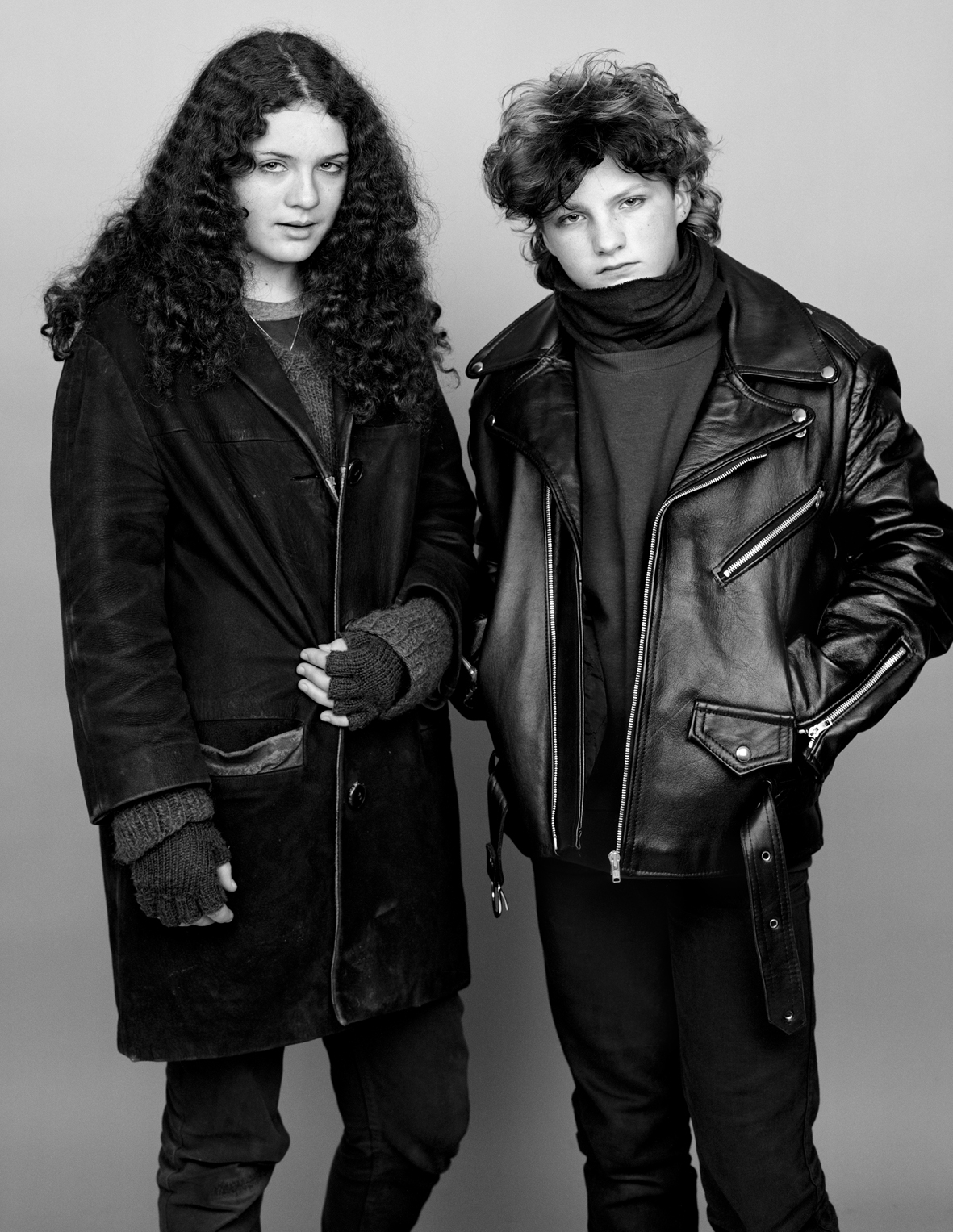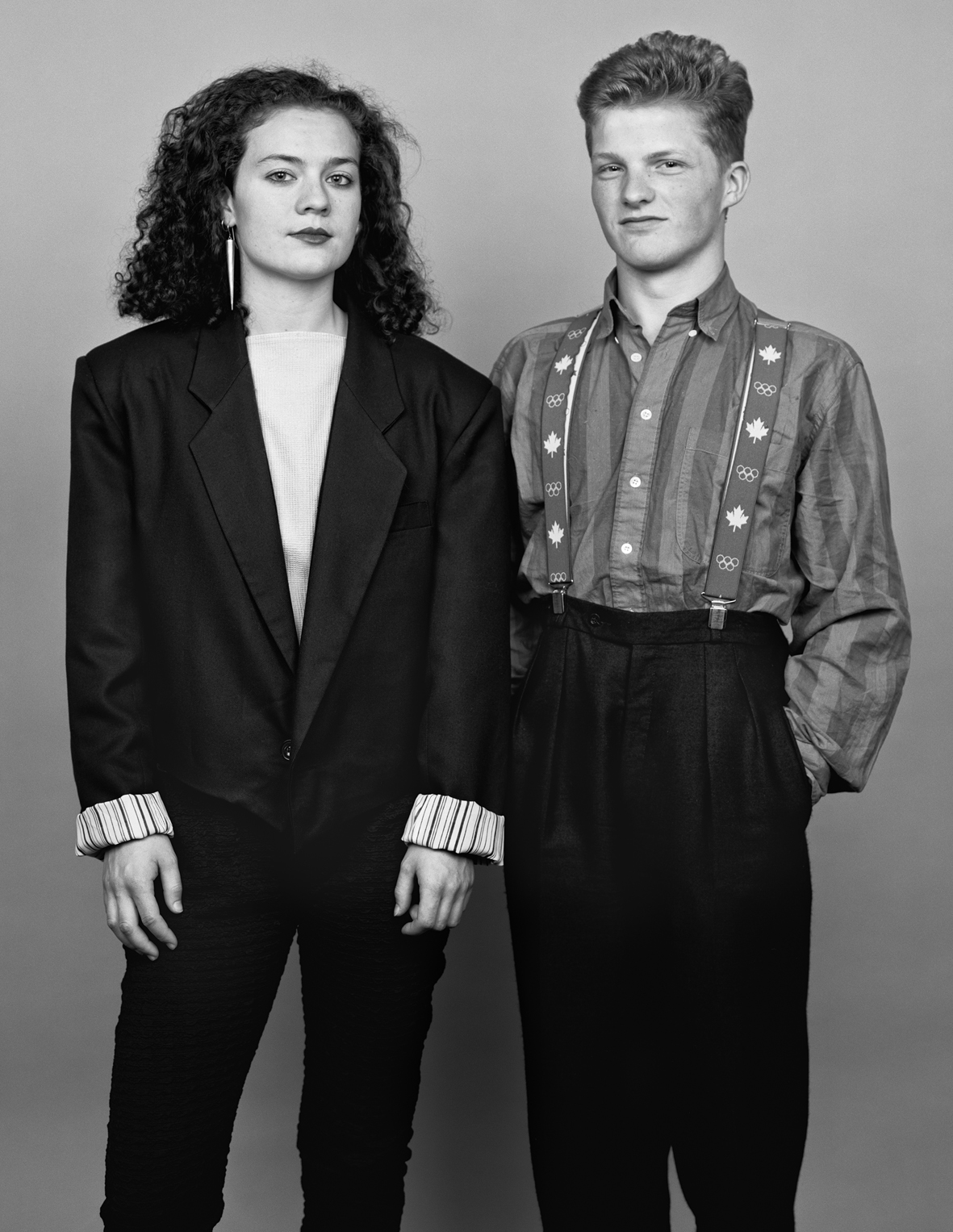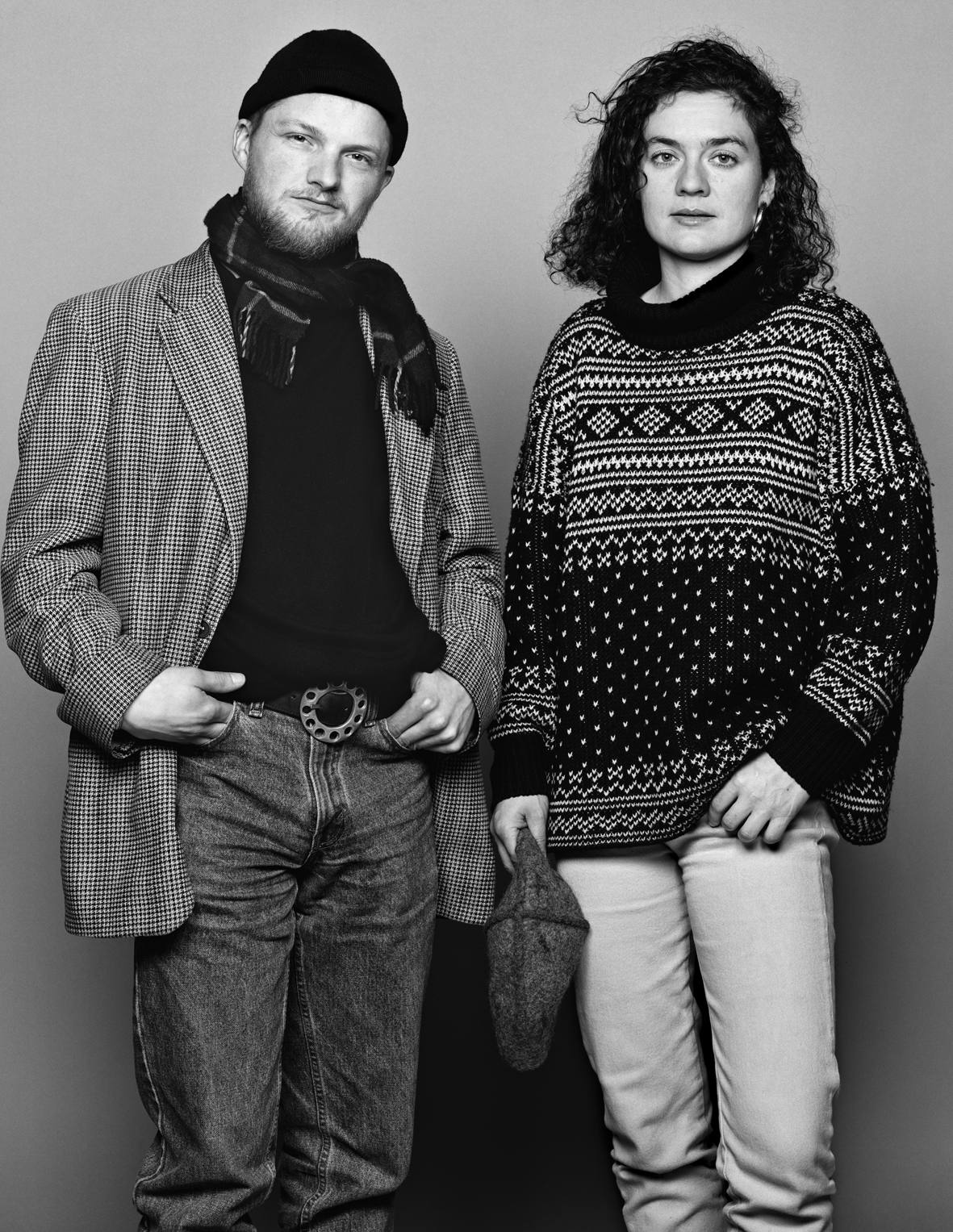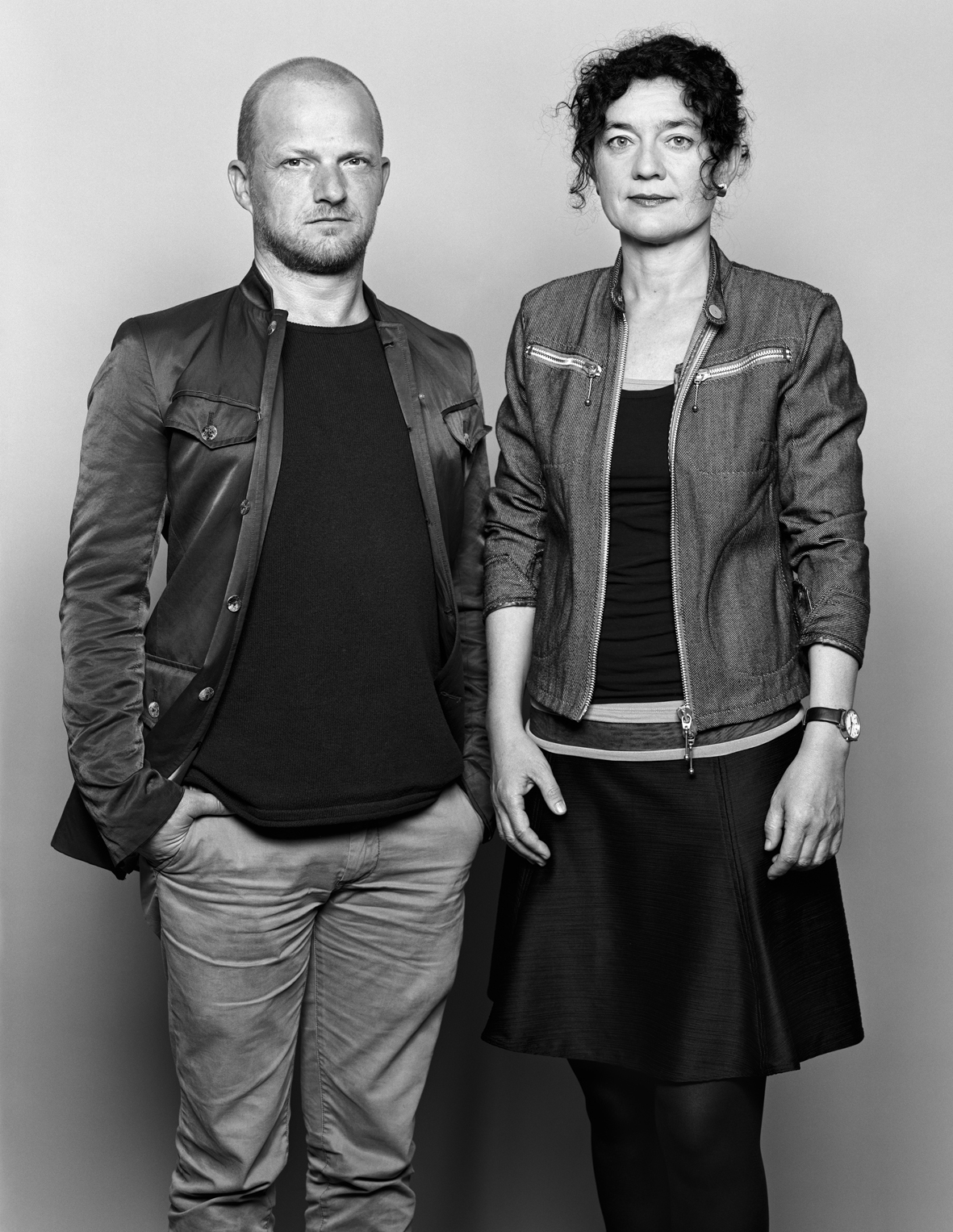Text by Marissa Chen
Photographs survive best in our cultural consciousness as memorabilia. We refer to pictures as ’slices of history‘, their subjects ‘frozen in time‘, ‘forever’ as opposed to ‘no longer seventeen’. The assumption, especially in this era of hyper-vigilant digital documentation, is that any fraction of a second worth photographing must surely be worth remembering – whatever the gift of hindsight. Over a summertime family meal in 1974, just “for the heck of it”, photographer Nicholas Nixon took a snapshot of his then-24-year-old wife, Bebe Brown, together with her sisters Heather (22), Mimi (14), and Laurie (20). He discarded that picture, but made another 40 – one for each subsequent year of their lives. It would become the most definitive work of his career.
Yet nostalgia’s tender appeal stems as much from a desire to forget as it is to recollect. The act of “looking back” implies the ability to retreat into the past, when in reality we can only be marching further away from it, always returning from the reverie older than we were when we began. On 11 January 2000, photographer Noah Kalina (born 1980) made the first of 2,355 deadpan self-portraits that would eventually become his time-lapse video project, Everyday (2006). Arguably the Internet’s most recognisable ‘photo-a-day’ project, Everyday became a viral sensation, earning Kalina overnight renown, numerous high-profile commissions and even a parody in The Simpsons. Although former Musée de l’Elysée director William A Ewing proclaimed that there was ‘nothing comparable [to Everyday] in the history of photography,’ Kalina’s decision to turn his portraits into a video was directly inspired by the self-portrait video Me (2006) by Korean American artist Ahree Lee. Me, a literal depiction of Lee’s ageing process, brings the viewer face-to-face with the young artist’s mortality – and, by extension, their own. For women especially, ‘the act of taking and looking at my own photo is similar to … look[ing] into the mirror and assess[ing] their own appearance,’ said Lee, whose gradual transformation doubled as a nod to the societal pressures that still surround feminine upkeep and youth.



There is a fascination with repeat photography that feels built-in – a reader’s impulse that exists simultaneously inside us all, yet outside the semantic boundaries of language. Whereas a freeze-frame depicts a world stopped on its axis, rephotography, despite its name, tells a more universal tale of change. Since the breakout success of Everyday, older projects of a similar nature have experienced a surge in popularity. If Everyday and Me confront the limits of the corporeal self, then the work of artists Tian Jun (born 1959) and Ken Griffiths (born 1945) explores time’s mark on the intimacy of relationships. In the first image from Tian Jun’s series, dated 1986, he is pictured cuddling his infant son, Tian Li. Over the next 29 years, the pair replicated this image, the family resemblance becoming increasingly pronounced as Li morphs into a young boy (too large to be carried by 1998), then a wiry teenager, then eventually a parent himself. Similarly, Griffiths’s In An English Country Garden (1963) follows a year in the life of an elderly couple and their East Sussex cottage garden, as they weather the highs and lows of the seasons. Both projects have amassed millions of views on aggregator sites like BuzzFeed and Bored Panda, often accompanied by some variation on the warning: ‘The last picture will make you cry.’
In a story that begins with two people, only one outcome plausibly warrants an outpouring of sadness. It’s a predictable formula, but we click on anyway, to confirm the absenteeism in loss we already know awaits us. We charge towards the last picture to break our own hearts.
Swiss artist Barbara Davatz (born 1944) began As Time Goes By (1982–2014) as a survey of the mannerisms and style of young people in Zurich. Gradually, Davatz realised that ‘when people pair up’, the impact ‘became twice as strong’, and thus she chose to photograph her subjects two at a time. She returned to the couples periodically – in 1988, 1997 and 2014 – to observe how their dynamics have held up over the years (or not). By maintaining similar compositions, Davatz is able to communicate in just three images that Bianca and Ernesto had stayed together for over a decade, but were no longer a couple by 2014. Meanwhile, Serge had shed his black leather jacket and fantastic crop of curls over the years, but kept Carole by his side. ‘Some of the partners had disappeared, others were new, and in some cases — the pair had become a family,’ Davatz explained. The work is as much a testament to new beginnings as it is to separation and loneliness. Amid its anecdotes of bad boys-turned-proud fathers, conscious uncouplings and visibly better-fitting clothing lies the unmistakable truth that begets every happy ending – all relationships lead to heartbreak, until the one that doesn’t.




In an ode to second chances, Indian artist Sunil Gupta (born 1953), fresh from a devastating breakup, decided to seek out success stories from long-term couples in a bid to figure out what went wrong in his relationship. Lovers: Ten Years On (1984–86) turns a normalising lens on homosexual relationships, and radiates with a domestic sweetness that rebels against the oppressive reality its subjects were facing at the time. Couples were photographed in repose at home, many with furniture askew, or the television still flickering in the background. A majority was also part of a West London queer community that was hit hard by AIDS in the 80s.
‘Half of these people aren’t with us now so it’s become a kind of memorialising,’ said Gupta. Looking at these images today, however, one can’t help but question how much has truly changed in the way of homophobic persecution, since the stigma endured by his subjects was echoed by the marginalisation and criminalisation of millions more in the decades that followed.


From the series Lovers: Ten Years On, London 1984/85.
Images courtesy the artist and Hales Gallery, Stephen Bulger Gallery and Vadehra Art Gallery. © Sunil Gupta. All Rights Reserved, DACS 2020

‘It became kind of a mission of mine to make photographic images of Indian gay men, in India … to prove to myself that there were other gay men like me, to prove to everybody else there was such a creature,’ Gupta explained in a video for Tate. Gay identity and migration have ‘unwaveringly been the subject … to put that into art history, so what happened to me wouldn’t happen again’. It is in retrospection – rather than repetition – that the truly redemptive nature of nostalgia makes itself known. The ‘last photograph’ will only serve its purpose if we use it to rally for a future that looks different from what came before.
Perhaps if there’s one thing we’ve been hard-wired to understand, simply by virtue of being alive, is the sense of a beginning and ending. Or perhaps the awareness that someone else has told the story first means we might not have to suffer alone – and that history can, in fact, be prevented from repeating itself. Whatever the answer, we break our hearts in order to put something back together. When The Brown Sisters (1974) was brought to Granada’s Alhambra Gallery in 2008, visitors looked at the pictures, broke down and wept.
Read more Photography+ Learn more about our writer-in-residence Marissa Chen



